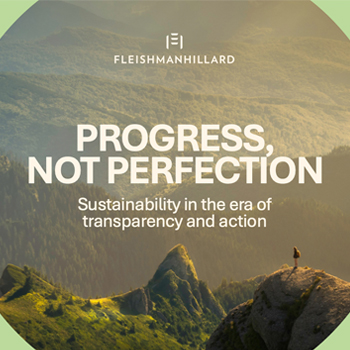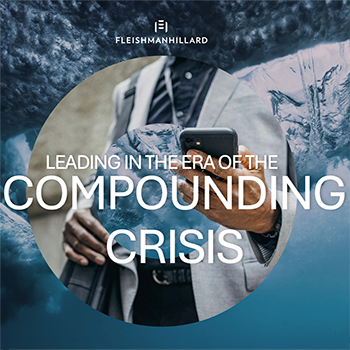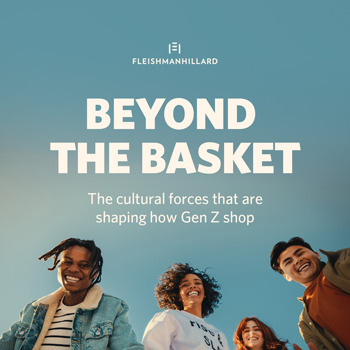The changing face of influencer marketing and how to stay ahead of the curve

Following my attendance at the PR Week Influencer 360 event, I thought it was worth sharing some important news and trends within the influencer marketing sphere, and what this could mean for brands and creators.
- New Changes in disclosing what is an ‘Ad’
Previously the ASA shared guidance that a post should be declared an ‘Ad’ if the influencer received some sort of payment AND the brand had some form of editorial influence on the content. But, this is no longer the case!
If the influencer has received payment or any other incentive from a brand, or they are otherwise personally or commercially connected to the brand, any related content will need to make clear that it’s advertising. This means that whenever they receive any sort of incentive from the brand (this includes receiving products, services, trips, hotel stays, event invites, loans, leases, rentals, or shares etc. for free), they need to make clear in any content where they feature or refer to the brand, that it’s advertising.
So what does this mean for brands? Well, there is no such thing ‘organic/earned content’ when working with creators anymore. All content going forwards must be declared as an ‘Ad’ even if the brand doesn’t see the content before it goes live, and there is no contract in place.
- Creating a diverse and inclusive space for all in influencer marketing
Actions speak louder than words and brands need to ensure influencer marketing is a more diverse and inclusive space for now and in the future, and payment parity is paramount to help close the influencer pay gap.
DE&I shouldn’t be considered as an afterthought or used as a gimmick for important cultural moments such as International Women’s Day, Black History Month or Pride Month. It’s making sure that the content the brand puts its name to, reflects what the real word is like. Your audience is diverse and therefore the content creators you work with and the messaging you put out, should be too. And remember, an influencer’s personal demographics may not necessarily match their followers.
- Data-led decisions
Another key takeout was measuring impact beyond impressions. Influencer marketing has evolved greatly since its initial days of working with creators based on their follower count. Whilst the industry is still heavily focussed on an influencer’s engagement rate, price and following, this is fast becoming outdated. Brands need to switch from working with influencers based on a ‘gut feeling’ and instead make data-led decisions.
Through our audience-first approach using our omniearnedID™platform, we are able to help brands to not only match their exact target audience to a single content creator, but also to measure against product sales, brand affinity and uplift, retail behaviour and a whole lot more! No longer is influencer marketing seen as the ‘wild west’ of the creative industry. We have the tools to build a measurable and impactful influencer campaign for any brand and client.
Tejas Chandarana, Senior Account Manager, Brand & Consumer Team
Find Out More
-
Leading in the era of the compounding crisis
October 2, 2025


